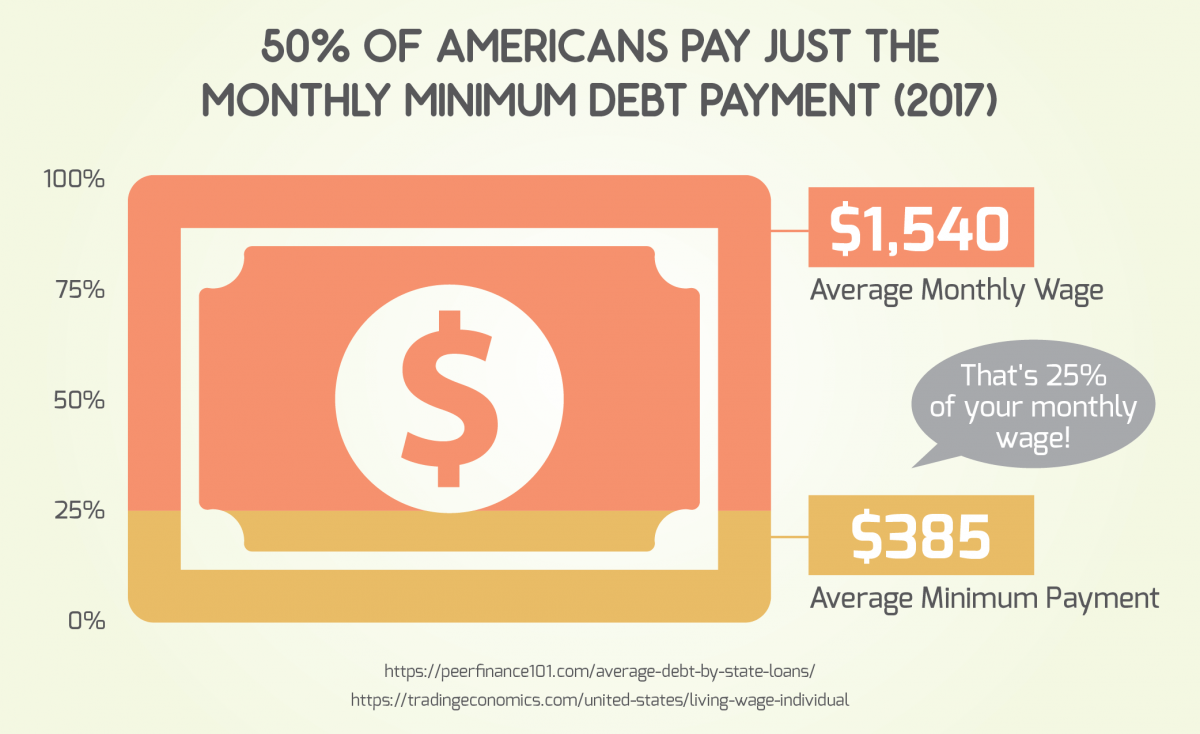What is a believe Action?

A confidence deed -also known as an action off faith-was a file often found in real estate purchases regarding U.S. It is a document that comes into the play whenever one-party has taken away a loan regarding an alternate cluster to purchase good property. New trust deed means an agreement within debtor and you will a beneficial lender to have the property held in the faith by a natural and you will separate 3rd party through to the financing is reduced.
Even if believe deeds is actually less common than they were in the past, some 20 states however mandate the aid of one, as opposed to home financing, whenever funding is actually mixed up in purchase of home. Trust deeds are typical for the Alaska, Washington, Ca, Texas, Idaho, Illinois, Mississippi, Missouri, Montana, New york, Tennessee, Tx, Virginia, and you can West Virginia.
Key Takeaways
- From inside the funded real estate purchases, faith deeds transfer the newest courtroom name out of property in order to a great third party-eg a financial, escrow organization, otherwise title business-to hang before borrower repays their financial obligation to your bank.
- Believe deeds can be used instead of mortgage loans in a lot of states.
- Committing to trust deeds provide a high-yielding money weight.
Knowledge Faith Deeds

- Lenders, theoretically called beneficiaries. These represent the passions a trust is supposed to protect.
- A borrower, also referred to as an excellent trustor. This is basically the person that establishes a believe.
- A great trustee, a third party charged with holding the fresh entrusted possessions up until a good loan otherwise obligations is purchased entirely.
In the a bona-fide property transaction-the acquisition from property, say-a lender offers the debtor cash in replace for starters or more promissory cards connected with a confidence action. It deed transmits judge title into real estate to help you an enthusiastic unbiased trustee, typically a name company, escrow organization, otherwise financial, hence keeps it security to your promissory cards. New equitable term-the authority to receive complete possession-remains into debtor, given that does complete use of and responsibility towards property.
Which situation continues from the cost period of the loan. This new trustee keeps the fresh courtroom label up until the debtor pays brand new personal debt completely, where area the fresh new name on the property transmits on debtor. In case the debtor non-payments on the financing, the fresh trustee takes complete control over the house or property.
Faith Deed against. Home loan
Faith deeds and you can mortgages are each other found in financial and private loans getting starting liens towards the a property, and both are usually filed once the personal debt on the state where the property is located. Yet not, there are a few distinctions.
Amount of Functions
A mortgage pertains to a couple of events: a borrower (otherwise mortgagor) and a lender (otherwise mortgagee). When a borrower signs home financing, they vow the home just like the shelter on the bank to ensure installment.
Alternatively, a depend on action comes to around three parties: a debtor (or trustor), a loan provider (or recipient), plus the trustee. This new trustee keeps term into the lien on lender’s benefit; in the event the borrower non-payments, new trustee often start and you will finish the foreclosures processes at lender’s consult.
Variety of Foreclosure
In the event of standard, an action regarding believe will result in various other property foreclosure actions than simply a home loan. A good defaulted financial will result in a judicial foreclosures, meaning that the lender would need to safe a courtroom purchase. Trust deeds undergo a low-judicial foreclosures, provided that they are an electrical power-of-profit term.
Official foreclosure become more expensive loans in Boligee and you may time-taking than simply low-official foreclosure. Consequently within the states that allow them, an action out-of trust surpasses a mortgage throughout the lender’s perspective.


